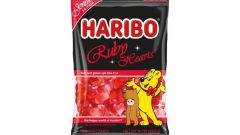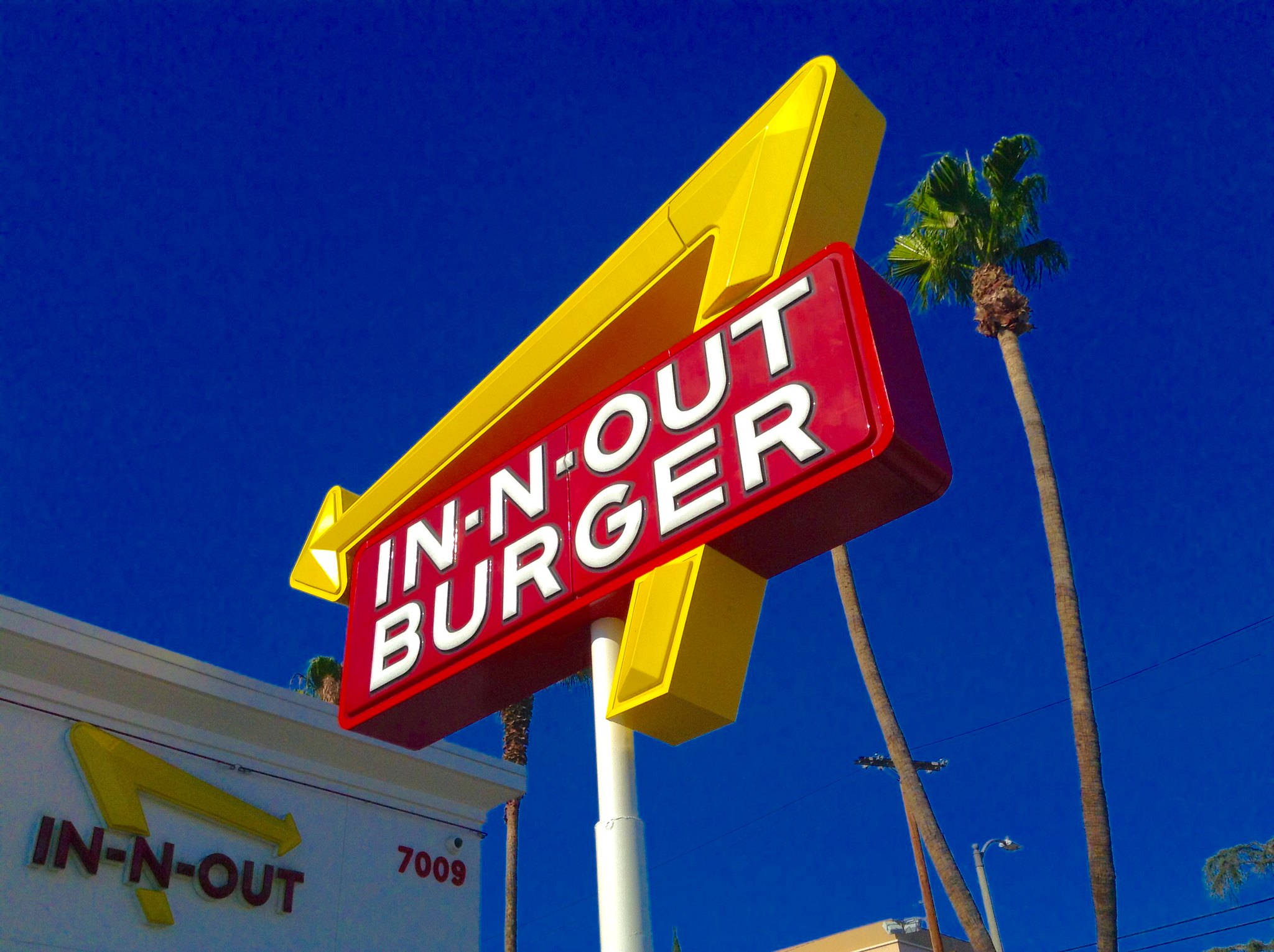16 Black Innovators Who Changed Food Forever

Macaroni and cheese. Ice cream. French fries. Jack Daniel’s whisky. Frozen foods in general.
We wouldn’t have any of the above foods, plus many others, were it not for Black food innovators and figureheads that have made significant contributions and altered the way we eat and make food today.
Below are just some of the stories of these incredibly talented and inspiring individuals. Some of these names came from research via the New York Times and Food and Wine, but we’ve also included historical sourcing and context for each person as well. You can click on their names to view those original pieces.
Nathan “Nearest” Green
Known as “Uncle Nearest,” Nathan Green was a skilled distiller who mastered the “Lincoln County” process. This method of distilling is thought by food historians and whiskey experts alike to have been brought in by slaves, and uses charcoal to filter and purify foods. The “Lincoln County” process, in particular, uses sugar maple charcoal to filter bourbon.
Green trained hired hand Jasper Newton Daniel (known to the world as “Jack Daniel”) while working on a priest’s distillery in Lynchburg, Tennessee. Daniel eventually made him the first master distiller of Jack Daniel’s, the famous Tennessee whisky many people drink today.
While Jack Daniel’s shares the story of Green on their website, an all minority-led whisky brand named “Uncle Nearest” continues to build upon his legacy with spirits that use the same distilling technique, but feature Green’s name on the bottle.
James Hemings
While Thomas Jefferson is sometimes credited with bringing foods like mac & cheese and ice cream to the United States, Hemings was the one who actually learned to make them. A slave in the ownership of Jefferson prior to his presidency, Hemings traveled with him to France in 1784 specifically to learn the art of French cuisine.
Hemings became the first American trained as a French chef in history as a result, bringing back several dishes to the United States. French fries, ice cream, macaroni and cheese, creme brulee, French meringues, and French whipped cream are just a few examples. These dishes and others would be incorporated in Hemings’ signature half-French, half-Virginian style of cooking he became renowned for.
Hemings would later also cook one of the most famous dinners in American history: the one between Thomas Jefferson and Alexander Hamilton that settled who would pay for the Revolutionary War and established Washington, D.C. as the United States’ capital. He eventually was freed by Jefferson in 1796.
Zephyr Wright

Zephyr Wright was the personal chef for President Lyndon B. Johnson and his family for over twenty years. It was her cooking that made the Johnson household a popular one for D.C. dinner parties.
Wright would follow Johnson to the White House during his tenure, and was in charge of the home cooking in the White House kitchen. She would also temporarily cook all meals, including VIP ones, in between the tenures of two White House Executive Chefs.
Wright is thought to have heavily influenced Johnson’s support for the Civil Rights Act of 1964,. Wright was known to have spoken up to the President during his time in Congress about the injustices she faced road tripping between Texas and D.C. during congressional recesses, saying that she was not allowed to use the bathroom in areas she was driving through, and couldn’t stop off and eat at restaurants. President Johnson reportedly used some of her stories to convince Congress to sign the bill. He would also give her a White House pen when the act was signed into law.
Leah Chase
The Queen of Creole Cuisine, Leah Chase was the heart and soul of Dooky Chase’s restaurant in New Orleans across seven decades. Known for her fried chicken, red beans and rice, gumbo, and other classics, Chase started out in the 1940s when she got a job as a server at a restaurant. She eventually took over the helm and made it a safe haven for anyone to come and eat at.
Dooky Chase’s was known as one of the few places that it was publicly okay for races to mix at, since the cops wouldn’t bother activists inside the restaurant. Thus, leaders of the Civil Rights Movement, including local leaders and national ones like Martin Luther King Jr., would often strategize while eating there.
Chase would go on to serve presidents like Barack Obama and George W. Bush, along with Associate Supreme Court Justice Thurgood Marshall and other influential figures. Disney has even made a movie with a character inspired by her: Princess Tiana of Princess and the Frog.
Abby Fisher
Around the early 1880s, Abby Fisher was known for her award-winning pickles and the Mrs. Abby Fisher Pickle Company in San Francisco. She had at least 35 years of cooking experience, some estimates had it, and the awards she won for her food reflected that.
However, Fisher is probably best known for publishing one of the first cookbooks ever authored by an African-American woman. The book, called What Mrs. Fisher Knows About Old Southern Cooking, contains over 160 recipes and uses the dictated words of Fisher herself.
The cookbook surged in popularity in the late 20th century when a publisher began reprinting it in 1995. Today, it offers a window into these early recipes that places like museums try to recreate for guests to sample.
Edna Lewis

Edna Lewis became a legend while she cooked at Cafe Nicholson in Midtown Manhattan starting in 1949. Her fame and Southern recipes led to guests like Marlon Brando, Eleanor Roosevelt, and Salvador Dali showing up for dinner. After stepping away from the chef’s role (as an active partner) in 1952, she would lecture at the American Museum of Natural History while working as a chef and private caterer.
Lewis would later become inspired to write her first cookbook as demand for them grew in 1972. She was one of the first African-American women from the South that would publish a cookbook that did not hide her name, gender, or race. She would go on to publish more in the future, eventually becoming known as the Grand Dame and Grand Doyenne of Southern cooking.
Larry James and Jereline Bethune
The Bethune family, to this day, runs Brenda’s Bar-Be-Que Pit in Montgomery, Alabama. Open since 1942, the restaurant would become an important hub for those in the Civil Rights Movement.
After Rosa Parks infamously refused to give up her seat on a Montgomery bus, Larry James and Jereline Bethune were instrumental in using their restaurant to organize bus boycott efforts around the city. As the movement continued and literacy test laws (meant to curtail the Black vote) were introduced, Jereline would also quietly hold lessons teaching other African-Americans how to read. They were then able to pass these literacy tests and go out and vote.
Alfred L. Cralle

In 1897, Alfred L. Cralle patented the first ice cream scoop. #APeoplesJourney #NationalIceCreamDay pic.twitter.com/2jdmbMrFT5
— Smithsonian NMAAHC (@NMAAHC) July 16, 2017
Ice cream today would not be the same without the work of Alfred Cralle. Born just after the Civil War, he had an affinity for mechanics as a young age, and would go study at Wayland Seminary, a school set up after the Civil War to educate newly freed African-Americans.
Cralle would go on to work as a porter at a drugstore and a hotel in Philadelphia, and developed the idea of the ice cream scoop while watching people struggle using two different spoons to get the ice cream into cones. Cralle’s mechanical inventional, which is the basis of how ice cream scoops work to this day, was invented in 1897.
Cralle would also become a successful promoter of businesses in Philly, and was the assistant manager of the Afro-American Financial, Accumulating, Merchandise, and Business Association in Pittsburgh.
George Crum

Ever heard the story of how potato chips were invented to spite a customer at a restaurant? George Crum was the chef at said restaurant, the Moon Lake Lodge resort in Saratoga Springs. A customer came in around the summer of 1853 wanting extra-thin French Fries, frustrating Crum to the point he sliced them as thin as possible, fried them in grease, and sent them out.
The chips became a big hit, eventually becoming known as “Saratoga Chips.” While Crum never patented the dish, he did open his own restaurant, “Crumbs House,” that served a basket of them at every table.
Chips wouldn’t become a grocery product until 1895, and the concept of bagged chips didn’t show up until 1926.
Joseph Lee

Joseph Lee was one of the most influential people when it came to industrializing the way we make bread.
Having worked in a bakery from a young age, Lee eventually became the owner of two restaurants in Boston, as well as a hotel and a catering company. Looking to find a way to minimize bread waste, he eventually invented a machine that would convert day-old bread into breadcrumbs. Patented in 1895, he later sold the rights and the breadcrumb maker would spread across the world.
That wasn’t Lee’s only invention, however. He would later patent the idea for an automatic bread maker that mixed and kneaded the dough, the basis to the same devices (think, stand mixers) that we still use in our kitchens today.
Lloyd Hall

Lloyd Hall is considered to be one of the pioneers in the world of food chemistry. A pharmaceutical chemist for Griffith Laboratories in Chicago who completed graduate school, Hall would be awarded over 100 patents and received multiple honorary doctorate degrees for his work.
Hall’s main area of work came around the development of techniques to preserve food. Some of his most revolutionary patents included using “flash-dried” salt crystals that revolutionized meatpacking. He also introduced the use of antioxidants to prevent the spoilage of fats and oils in baked goods, and developed a process known as “Ethylene Oxide Vacugas,” which could control the growth of bacteria and molds in food.
John Standard

John Standard was an inventor instrumental in modernizing two pieces of kitchen equipment that virtually every household has today: stoves and refrigerators.
Refrigeration was a concept that was being researched as early as the 1830s, but mainly focused on using some sort of power. Standard’s improvement to the fridge, patented in 1891, was an unpowered design that used a manually filled ice chamber as the central cooling unit.
Standard also made significant upgrades to the oil-powered stove, patenting one with a space-saving design in 1889 that could be used in applications like buffet-style meals on trains.
Frederick McKinley Jones

If you’ve worked in the food industry or any commercial transportation that required keeping stuff cold, you’ve likely seen the Thermo King brand somewhere in your lifetime. Frederick McKinley Jones was the founder of that company, and inventor of the first automated refrigerated system for trucks.
A skilled and gifted electrician and mechanic, Jones had patents for sixty different inventions across a wide variety of fields, including the portable X-ray machine, motion picture devices, and even medical storage units.
He’s most known for the Thermo King, the refrigerated system he invented, because it allowed for fresh goods from around the world to be transported and sold in stores. Jones is essentially responsible for not just all refrigerated transport globally, but also the entire frozen food industry.
Thomas Downing

Known as the “Oyster King of New York,” Downing was most known for his 19th-century restaurant, Thomas Downing’s Oyster House. His oyster hall was legendary, with prominent figures like Queen Victoria and Charles Dickens having dined there.
Downing was born a free man, as his parents were freed by plantation owner John Downing. He grew up and was educated on Chincoteague Island in Virginia, and eventually made his way up to New York following the war of 1812. Like many other African-Americans in New York, Downing eventually went into the oyster business, opening his own oyster cellar in the 1820s.
Oyster cellars were the universal food of New York at the time (similar to hot dogs today), but many establishments weren’t as trusted as Downing’s. That’s because he specifically catering it towards the fine dining clientele, with a large dining area, carpet, and chandeliers gracing the hall. Elaborate dishes like oyster-stuffed turkeys and a pan roast made with wine and chili graced the menu.
This, at the time, meant that African-Americans couldn’t eat Downing’s restaurant, but few were aware of the double life he led. Downing’s basement was a key stop in the Underground Railroad, and as an abolitionist, he helped many that were escaping the South in search of freedom. He also led political efforts, funding schools for African-American children and leading the fight in desegregating New York’s trolley system.
Downing was so regarded in New York that when he passed away in 1866, the New York City Chamber of Commerce closed so that its members could attend his funeral.
Norbert Rillieux

The sugar industry in the United States has Norbert Rillieux to thank for allowing them to become so powerful. Were it not for his inventions, making sugar would still be a time-consuming and dangerous process.
Originally, the sugar refinement process, known as “The Jamaica Train,” was dangerous and expensive. Laborers (usually slaves) would transfer ladles of scalding hot sugar case juice between open boiling kettles, often resulting in scalding and terrible burns (anyone who’s worked with sugar knows how painful it can be). The result was a dark syrup that was molded into cones and dried before being sold.
From 1834-1843, Rillieux developed a system for refining and crystallizing sugar using a much safer and controlled method, allowing the United States to eventually dominate the sugar market. His process is still used today for freeze-drying food, pigments, and other food products.
George Washington Carver

Many people know George Washington Carver for the myriad of products he invented that utilized peanuts or sweet potatoes. As an agricultural scientist working in the South, he was also a man responsible for helping revitalize much of the economy in that region.
Working out of the Tuskegee Institute in Alabama, Carver was a teacher and a researcher from the late 1890s until his passing in 1943. An early pioneer of crop rotation, he encouraged farmers to plant peanuts in the soil after harvest to replenish lost nutrients, helping farmers improve not just their livelihoods, but their diets as well.
Carver’s research and work focused on revitalizing soil and maximizing plant production while keeping costs to a minimum. Outside of agriculture, he was a massive promoter of racial equality, and massive advocate of peanut oil as a potential treatment for polio. While never proven, the claim was widely circulated in media, and eventually turned into a “Peanuts for Polio” fundraising effort that helped raise money for medical care and benefits for children affected with the disease.
Following Carver’s passing, then-Senator Harry S. Truman sponsored legislation that would lead to the construction of the George Washington Carver National Monument. It was the first-ever national memorial to an African-American.
Illustrations in this piece provided by Sam Brosnan.
























